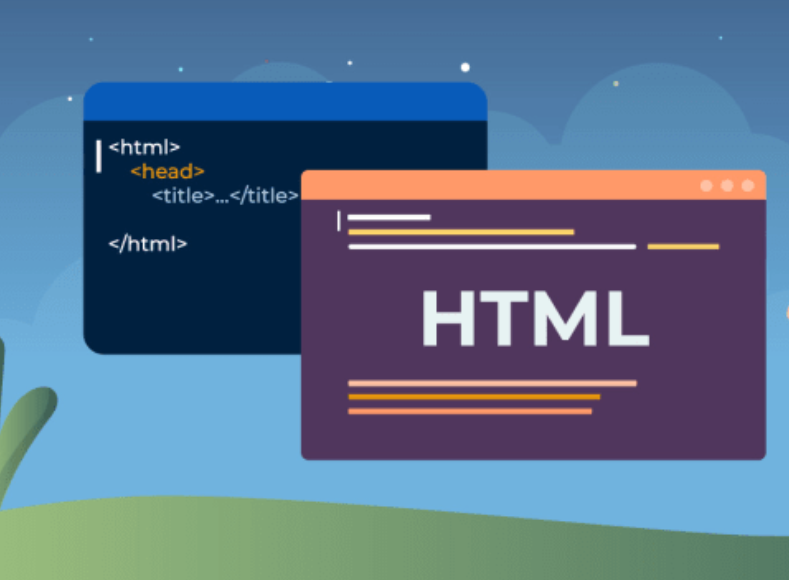HTML (Hypertext Markup Language) serves as the backbone of the web, providing the structure and foundation for the content we interact with daily. However, even the most seasoned web developers encounter HTML errors from time to time. Whether you are a beginner learning the ropes or an experienced developer facing an elusive bug, understanding how to identify and fix common HTML errors is crucial for maintaining a seamless and error-free website.
How to Identify and Fix Common HTML Errors in Web Development
Here are the essential strategies to identify and fix common HTML errors, ensuring your web development endeavours are both smooth and error-free.
Identifying HTML Errors
Validate Your HTML
- The first step in identifying HTML errors is to validate your code. Utilize online validation tools like the W3C Markup Validation Service. These tools highlight errors and provide suggestions for correction, ensuring your HTML adheres to the official standards.
Inspect Element
- Modern browsers come equipped with developer tools that include an “Inspect Element” feature. This tool allows you to examine the HTML structure of your webpage in real-time. Any errors will be highlighted, and you can pinpoint the exact line and location of the issue.
Check Browser Console
- The browser console is a treasure trove of information for developers. It not only displays errors but also provides additional details about the problem. Always keep an eye on the console for any HTML-related issues when developing or troubleshooting.
Review Code Indentation
- Improper indentation can lead to structural errors. Ensure that your HTML is well-indented and follows a consistent structure. This makes it easier to identify nested elements and spot potential issues.
Look for Missing or Mismatched Tags
- One of the most common HTML errors is missing or mismatched tags. Carefully review your code to ensure that every opening tag has a corresponding closing tag and that they match correctly.
Check Attribute Values
- Incorrect attribute values can cause unexpected behaviour. Verify that attribute values are enclosed in quotes and are appropriate for the type of attribute being used.
Fixing Common HTML Errors
Correcting Tag Nesting
- If you notice that your HTML structure is not rendering as expected, check for proper tag nesting. Incorrectly nested tags can lead to layout issues and unintended styling problems.
Closing Tags
- Ensure that every opening tag has a corresponding closing tag. In some cases, self-closing tags are appropriate, such as in the case of image or line break tags. Check that these are used correctly.
Quotation Marks for Attributes
- Attribute values should always be enclosed in either single or double quotation marks. Please do so to avoid errors, and browsers may interpret the code differently.
Entity Codes for Special Characters
- Special characters, such as &, <, and >, should be represented using entity codes to prevent parsing errors. For instance, use “<” for “<” and “>” for “>”.
DOCTYPE Declaration
- Ensure that your HTML document starts with the appropriate DOCTYPE declaration. This declaration informs the browser about the HTML version being used and helps in rendering the page correctly.
Character Encoding
- Set the character encoding for your HTML document using the <meta charset=”UTF-8″> tag within the <head> section. This ensures that special characters are displayed correctly.
Responsive Design
- If you are building a responsive website, double-check that your viewport meta tag is configured correctly. This tag is crucial for ensuring that your site renders well on various devices.
Avoid Deprecated Tags
- Be aware of deprecated HTML tags, as they may cause issues in modern browsers. Replace deprecated tags with their updated equivalents to future-proof your code.
Use Classes and IDs Consistently
- Inconsistent use of classes and IDs can lead to styling errors and JavaScript issues. Maintain a naming convention and use these identifiers consistently throughout your code.
Test Across Browsers
- Different browsers may interpret HTML code differently. Test your website across multiple browsers to catch any browser-specific HTML issues and ensure a consistent user experience.
Final Words
Identifying and fixing common HTML errors is an essential skill for web developers. Regularly validating your code, utilizing developer tools, and paying attention to detail during the coding process can help you catch and resolve issues early on. Remember, a well-structured and error-free HTML foundation sets the stage for a robust and reliable web application.



